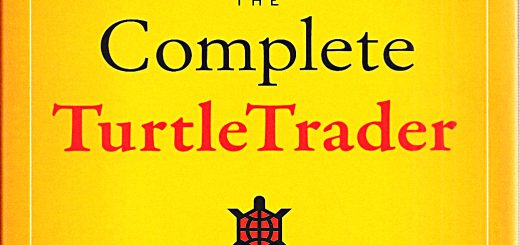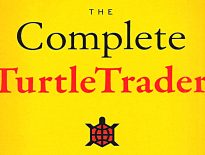The Turtle Traders #2

Today’s post is the second in a series on The Turtle Traders.
Turtle Traders
Last time out I rehashed my notes on the Turtle Systems from before I started this blog.
- We covered the markets they use, entry and exit signals, position sizes and stops.
Today I’m going to look at the actual Turtle Rules document.
- There’ll be quite a bit of overlap, I expect, so I’ll focus on things that I didn’t mention last time.
Why Free?
You could publish my trading rules in the newspaper and no one would follow them. The key is consistency and discipline. Almost anybody can make up a list of rules that are 80% as good as what we taught our people.
What they couldn’t do is give them the confidence to stick to those rules even when things are going bad – Richard Dennis
The first thing that the “Original Turtles” – a group led by Curtis Faith, who later wrote a couple of books under his own name – address is why they are giving the rules away for free.
The trigger was the sale of the rules (for his profit only) by one of the Turtles.
- The objective of the Original Turtles was to cut-off this income stream by giving the rules away for free. (( Note that they did ask for a donation to charity ))
There are far more people making money selling others’ systems and “ways to make money trading,” than there are people actually making money trading.
There had been a 10-year embargo on the rules as part of the experiment, but this had expired by the time that the rules were sold / given away.
Nevertheless, even though most of them were by this time trading “better” rules, the Original Turtles felt that the rules should not have been revealed.
- At the same time, they did not expect people who paid for the rules to be successful, as they probably wouldn’t stick to them.
Trading rules are only a small part of successful trading. The most important aspects of successful trading are confidence, consistency, and discipline. Rules that you can’t or won’t follow will not do you any good.
A trading system
A mechanical system is the best way to consistently make money trading.
If you know that your system makes money over the long run, it is easier to take the signals and follow the system during periods of losses.
The system will help you survive the emotional struggles that inevitably result from a long series of losses (or large profits).
In the previous post, we covered the Turtle Rules for:
- markets
- position sizing
- risk management (market limits)
- trading size vs account size
- entries
- adding units
- stops
- exits (taking profits)
- tactics and execution
There is an old saying: “you can never go broke taking a profit.” But getting out of winning positions too early, i.e. “taking a profit” too early, is one of the most common mistakes when using a trend following system.
Waiting for a 10 or 20 day new low can often mean watching 20%, 40% even 100% of significant profits evaporate. There is a very strong tendency to want to exit earlier.
It requires great discipline to watch your profits evaporate in order to hold onto your positions for the really big move.
Experience
There is no substitute for experience: Good judgment comes from experience, and experience comes from bad judgment.
If you want to become a trader, you must start to trade. You must also make mistakes.
Paper trading is not a substitute for trading with real money. You won’t learn how hope, fear, and greed affect you personally.
The journey never ends. Those who continue to be successful will never reach their destination, but will learn to find joy in the journey itself.
Psychology
Psychology is the most important aspect of trading, and understanding yourself and your own personality is critical.
Experts
Don’t blindly accept the advice of self-proclaimed experts.
The best advice comes from those who aren’t selling it.
That’s it for the free pamphlet that started it all.
This article is a lot shorter than I expected, largely because I hadn’t realised the extent to which the notes I used for the previous article were based on this same pamphlet.
- The overlap didn’t leave a lot of new material to report today.
In the next post, we’ll start to look at Covel’s book on the Turtle Traders.
- I hope we have better luck with that.
Until next time.















